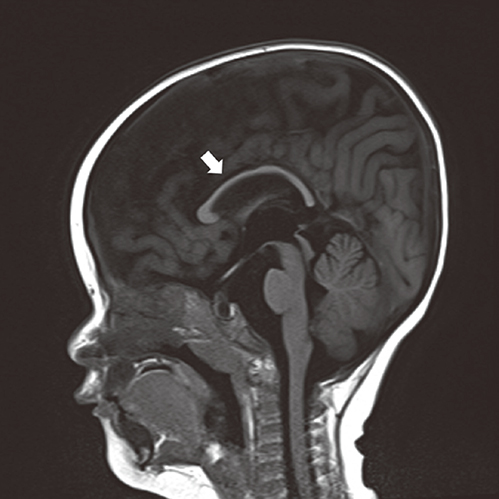Ann Lab Med.
2017 Nov;37(6):563-565. 10.3343/alm.2017.37.6.563.
Phenotype of a Patient With a 1p36.11-p35.3 Interstitial Deletion Encompassing the AHDC1
- Affiliations
-
- 1Department of Rehabilitation Medicine, College of Medicine, The Catholic University of Korea, Incheon St. Mary's Hospital, Incheon, Korea. dhjangmd@naver.com
- 2Department of Laboratory Medicine, College of Medicine, The Catholic University of Korea, Seoul, Korea.
- 3Catholic Genetic Laboratory Center, College of Medicine, The Catholic University of Korea, Seoul, Korea.
- KMID: 2426005
- DOI: http://doi.org/10.3343/alm.2017.37.6.563
Abstract
- No abstract available.
MeSH Terms
Figure
Reference
-
1. Jordan VK, Zaveri HP, Scott DA. 1p36 deletion syndrome: an update. Appl Clin Genet. 2015; 8:189–200.2. Heilstedt HA, Ballif BC, Howard LA, Lewis RA, Stal S, Kashork CD, et al. Physical map of 1p36, placement of breakpoints in monosomy 1p36, and clinical characterization of the syndrome. Am J Hum Genet. 2003; 72:1200–1212.
Article3. Kang SH, Scheffer A, Ou Z, Li J, Scaglia F, Belmont J, et al. Identification of proximal 1p36 deletions using array-CGH: a possible new syndrome. Clin Genet. 2007; 72:329–338.
Article4. Xia F, Bainbridge MN, Tan TY, Wangler MF, Scheuerle AE, Zackai EH, et al. De novo truncating mutations in AHDC1 in individuals with syndromic expressive language delay, hypotonia, and sleep apnea. Am J Hum Genet. 2014; 94:784–789.
Article
- Full Text Links
- Actions
-
Cited
- CITED
-
- Close
- Share
- Similar articles
-
- Novel Point Mutation of EBSS Gene Coexisted with 1p36 Deletion
- Deep Phenotyping in 1p36 Deletion Syndrome
- A Case of Constitutional Interstitial Deletion of 5q
- 1p36 deletion syndrome confirmed by fluorescence in situ hybridization and array-comparative genomic hybridization analysis
- A Case of an Interstitial Deletion in Chromosome 1p Confirmed by Array Comparative Genome Hybridization



